‘To be associated with crooks really sucks’: interior designer on why the industry needs an uplift
It doesn’t help that there are two trade associations and an accreditation scheme that is still in its infancy
[SINGAPORE] Social media influencers. Renovation contractors. Ordinary homeowners. All can call themselves interior designers, with rogue ones easily shutting down failed businesses and starting afresh, while others – paid via commissions – are driven to sell as many renovation packages as possible.
This is a phenomenon that has long irked many practitioners in an industry that lacks regulation. So much so, an accreditation scheme was started to raise professionalism, gain recognition and help consumers separate the real deals from the fly-by-nights.
But it has not been an easy task.
Just ask Tung Ching Yew, president of the Society of Interior Designers, Singapore (Sids), which is spearheading the industry’s first accreditation scheme. Currently celebrating its 30th anniversary, the organisation had been pushing for such a framework for years before it was officially launched in November 2021.
Taking baby steps
The government-supported Singapore Interior Design Accreditation Scheme has since garnered more than 620 accreditations. This is seen against some 400 to 500 interior design graduates from local institutions entering the market annually and an estimated total of around 10,000 players altogether, says Tung.
The Singapore Interior Design Accreditation Committee – which sits within Sids – oversees the accreditation scheme and includes representatives from key stakeholders such as government agencies, trade associations, industry practitioners and institutes of higher learning.
It awards accreditation to interior designers in three tiers – from Class 1 to 3, with Class 1 being the highest – based on applicants’ educational qualifications, skills and experience. The categories help clients distinguish between designers with structural expertise, decorators and stylists, so they can select the appropriate practitioner for their project.
“The whole idea of getting accreditation is to differentiate our profile from the rest who do not hold qualifications relevant to the trade,” says Tung. “On top of that, the experience they have is definitely on par with the best practices we’re pushing for.”
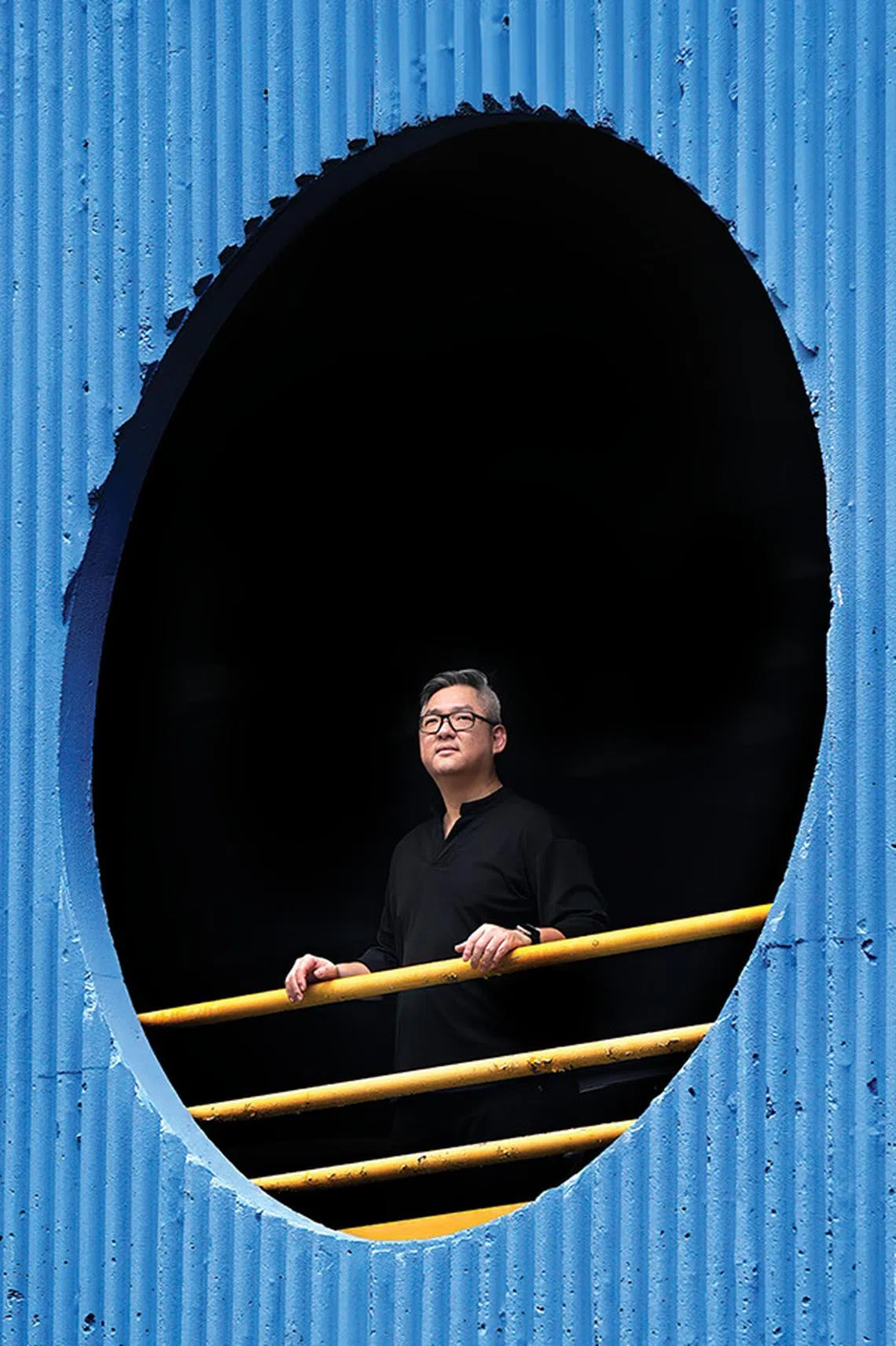
The aim is to weed out errant players in the industry, which are responsible for “shameful stories of running away with down payments and incomplete or shoddy renovation work”.
Apart from recognition for their competency, the benefits of accreditation include access to continuing professional development, greater professional exposure, as well as opportunities to pitch for bigger and more complex projects – including international ones via recognised accreditation.
But most of all, it is to establish the accreditation as an emblem to help legitimate interior designers gain public trust. Client complaints will be investigated, with recommendations given on the next steps to be taken by both parties.
Kachee Chin, design director at Quirky Haus, is one of more than 200 interior designers who are applying for accreditation. “Accreditation gives clients more confidence to engage us, rather than a random uncle,” she says.
“When I pitch for more high-end jobs, it’s important for clients to know who they’re talking to, so my experience and studies are not wasted.”
Accreditation not a priority
Yet, there are many other interior designers who currently have no plans to join the scheme.
“The industry has very low barriers to entry, but Singapore is a small place and if you’re not good at what you do, people will find out,” says Stacey Leong, who runs her eponymous interior design studio.
“Similarly, if you’re very good, word gets out, and you’ll get clients.”
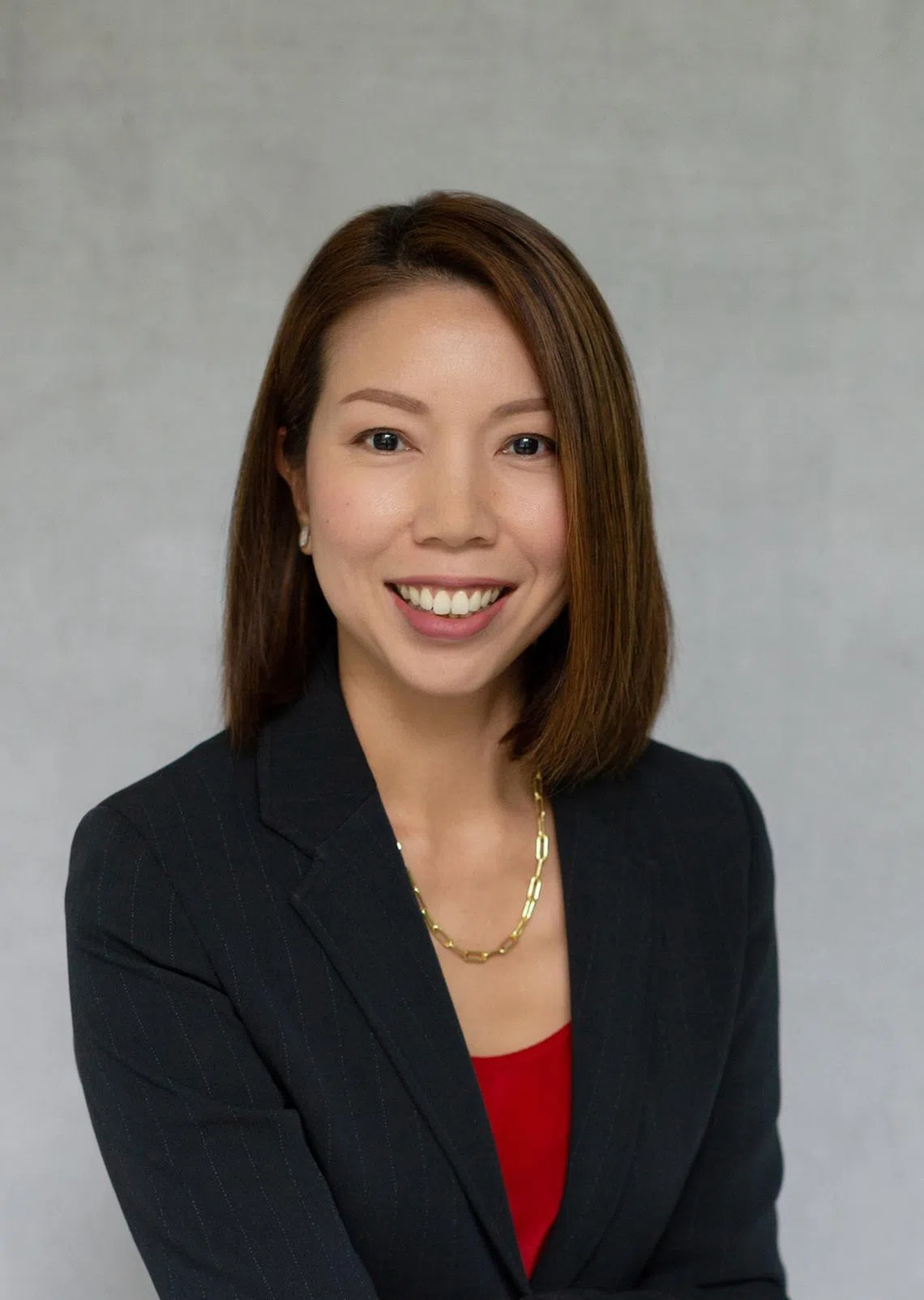
While Leong says she may consider accreditation later on, it’s not something she prioritises. “Running a business is so time-consuming, and we’re constantly on the ground. There’s just never a spare moment.”
Similarly, Angela Lim, co-founder of interior design firm SuMisura, says she does not mind getting accredited, but it “isn’t an urgent issue”.
“I’m sure it will make a difference to perhaps a budding firm. But mine is very well-established in terms of portfolio and track record, so I don’t think accreditation will validate us.”

In addition, she works a lot with developers “who are not going to scroll through a directory or ask if you are accredited before hiring you”.
“They will hire you because you did well in the last job, can give them something trendy, understand the market, have proven that you are reliable and can hand over on time. There are so many other factors that are more important.”
Tung is well aware of this reluctance, but says Sids is working to get more onboard.
“Ultimately, it is the programme that we have to keep improving because not only do we want them to be accredited, we want them to continuously improve themselves and stay updated on trending topics in the interior design space,” he says.
For instance, designers are more focused on aesthetics but, increasingly, need to respond to underlying issues such as healthcare, an ageing population and sustainability.
“These are topics that require a certain level of education, and that is what we’re aiming for. Clients are better educated now and will ask about our level of understanding on such matters.”
Also in the pipeline this year – a platform for those looking to expand into regional or international markets to network and go on trade missions.
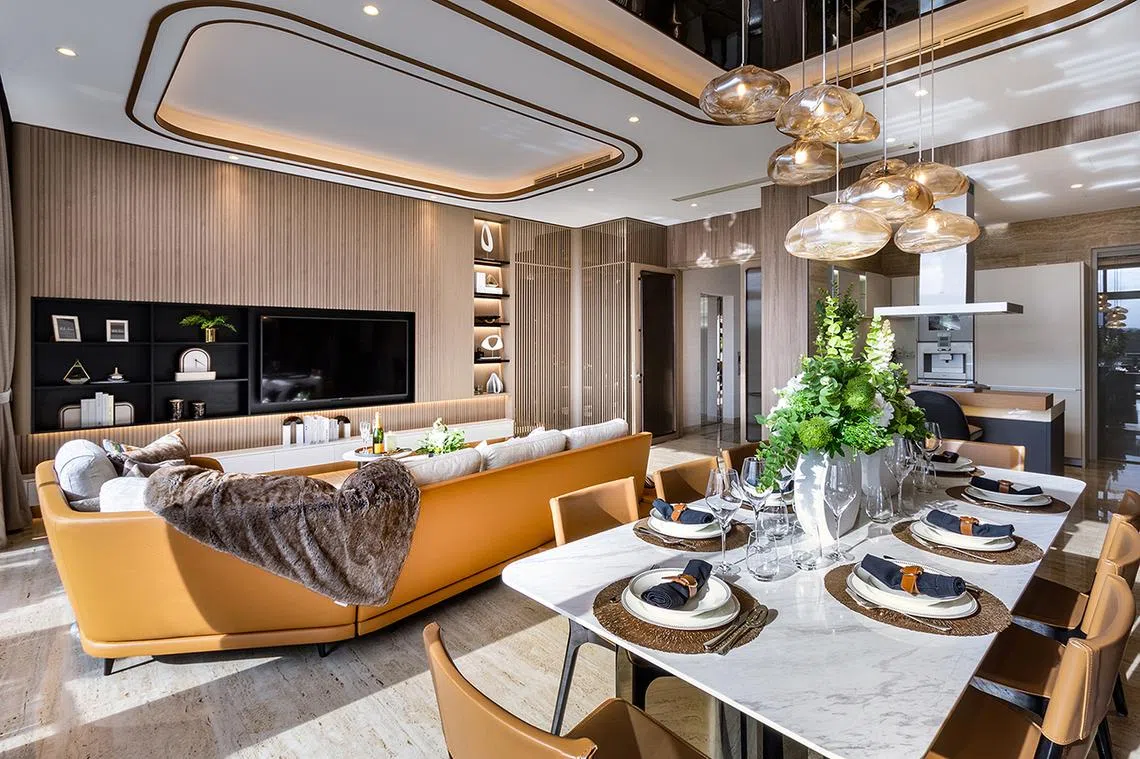
Crucially, there needs to be buy-in from the public for the accreditation to carry weight. Hence, Sids is taking a two-pronged approach, he says.
The first is its ongoing work with the Consumer Association of Singapore (Case) to secure CaseTrust accreditation specifically for interior design firms.
Instead of individual practitioners, CaseTrust accredits companies that abide by fair and transparent business practices in their dealings with customers. Tung hopes to have a conclusion by the third quarter of this year.
The second approach involves reaching out to homeowners via different platforms, including social media, roadshows and strategic partnerships.
More than one trade association
It does not help that the industry is a fragmented one, with another trade association, Interior Design Confederation Singapore, also representing interior designers.
“When I started taking part in interior design competitions organised by the associations, I was also a bit confused,” admits Tan Yue Wei, founder and principal architect of YWA Studio, a multidisciplinary design and engineering firm.
He joined Sids – which has more than 1,800 members, including associate and student members – in 2023 because of its accreditation programme.
“I thought accreditation was a step in the right direction and I wanted to be part of that,” he explains.
“Coming from an architectural background, I felt the interior design industry needed something like this. For clients, it gives a bit more credibility because there will always be those who say ‘you’re an architect, can your skills translate into handling interior works?’”
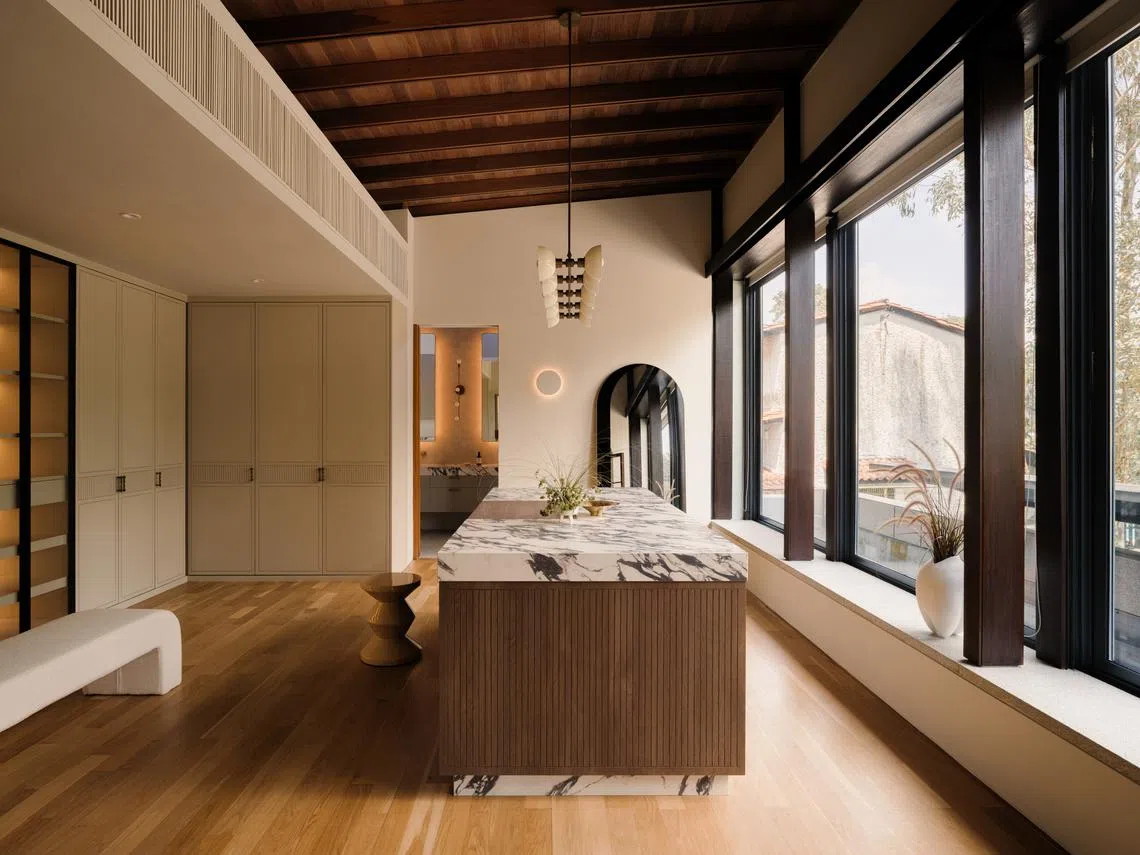
The consensus seems to be that given Singapore’s small market, there should be a consolidation with just one association representing interior designers.
As the DesignSingapore Council can only support the accreditation efforts of one industry body, the national agency for design has suggested the two associations have a conversation.
Tung says two of his council members have reached out to IDCS to set up a meeting, but “it did not come to fruition” because the other party did not respond. The Business Times has also reached out to IDCS but did not receive a reply by press time.
“Our doors are always open,” says Tung. “We will definitely welcome all practising interior designers to be part of our accreditation programme.”
There’s hope yet
The latest figures from Case show that the number of complaints against renovation contractors and interior designers has been steadily falling since 2022 – when there were 1,454 complaints, making it the top complaint by consumers.
The number dropped to 1,168 in 2023, and 962 in 2024.
Quirky Haus’ Chin notes that the thinning of margins will force some players out of the industry. This is because many of them, trained or otherwise, jumped onto the interior design bandwagon when renovation prices spiked after the pandemic, thinking it was “good business”.
Many also poured money into sleek videos and advertisements on social media.
“I’ve lost some clients to influencer interior designers who are heavily marketed but do not deliver results that meet clients’ expectations,” she says.
“But when so many are fighting for the same pie, and with costs rising significantly, profit margins have dropped by half. So I just need to stay calm and wait for those who are not serious interior designers to leave. I think in half a year, 30 per cent will go.”
For Tung, the aim is not just to see a drop in the number of complaints, but to elevate the profession. “We want to increase the awareness of and gain recognition for our profession, because there are just too many out there calling themselves interior designers without proper training or qualifications.”
For Lawrence Puah, founder and design director of akiHAUS Design Studio, it was precisely the stain of that negative association that drove him to join the Sids council. The architecturally trained designer became a member of the trade association just three years ago.
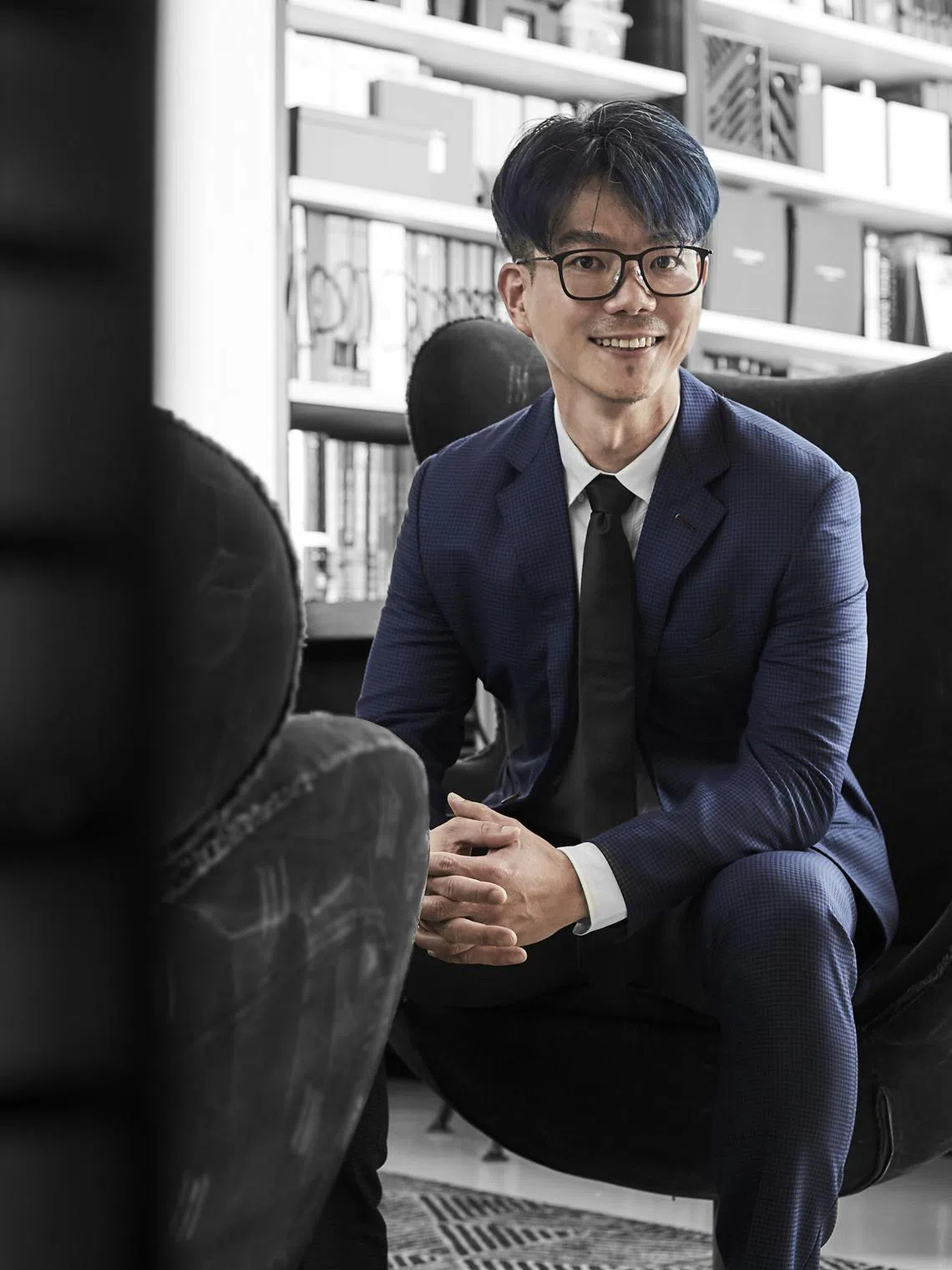
“The industry is weighed down by a bad reputation because there are no controls and any Tom, Dick or Harry can call themselves an interior designer,” he says.
“But if homeowners ask for accreditation, just like you’d expect of professionals like doctors, lawyers and architects, then interior designers will apply for it.”
Instead of just complaining about the state of affairs, he wants to see how he can help to uplift the industry through more efficient outreach and publicity efforts, and through teaching.
“If this is just about decoration, then anyone can do it, you don’t need an interior designer,” Puah adds, noting that technology now allows things to be done “with just the press of a button”.
“One of the key reasons I want accreditation to work is because people associate interior designers and the renovation industry with crooks.”
“I hate that because we do design consultancy and professional work. So to be associated with crooks really sucks. I want the industry to be improved, I love what I do, and I want us to get respect.”
Decoding Asia newsletter: your guide to navigating Asia in a new global order. Sign up here to get Decoding Asia newsletter. Delivered to your inbox. Free.
Copyright SPH Media. All rights reserved.

